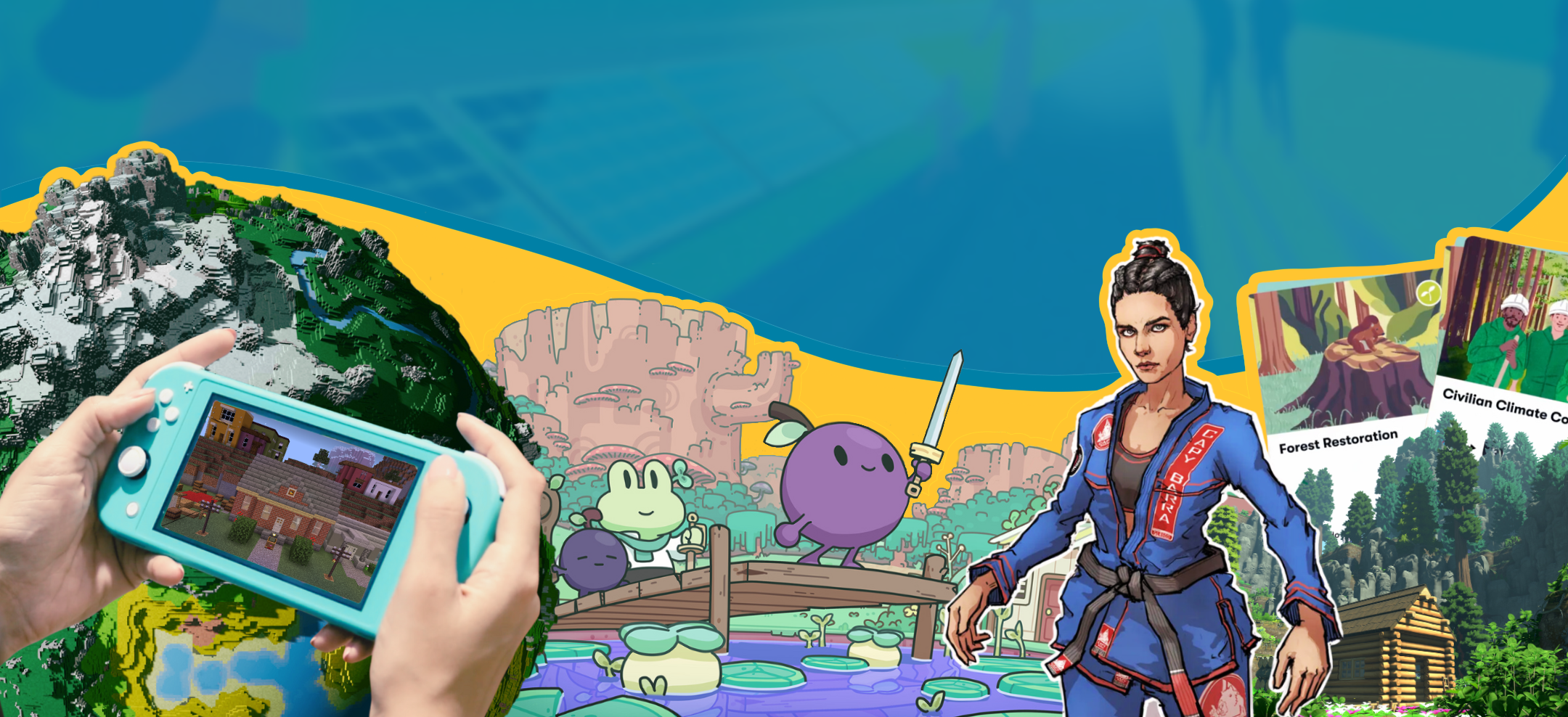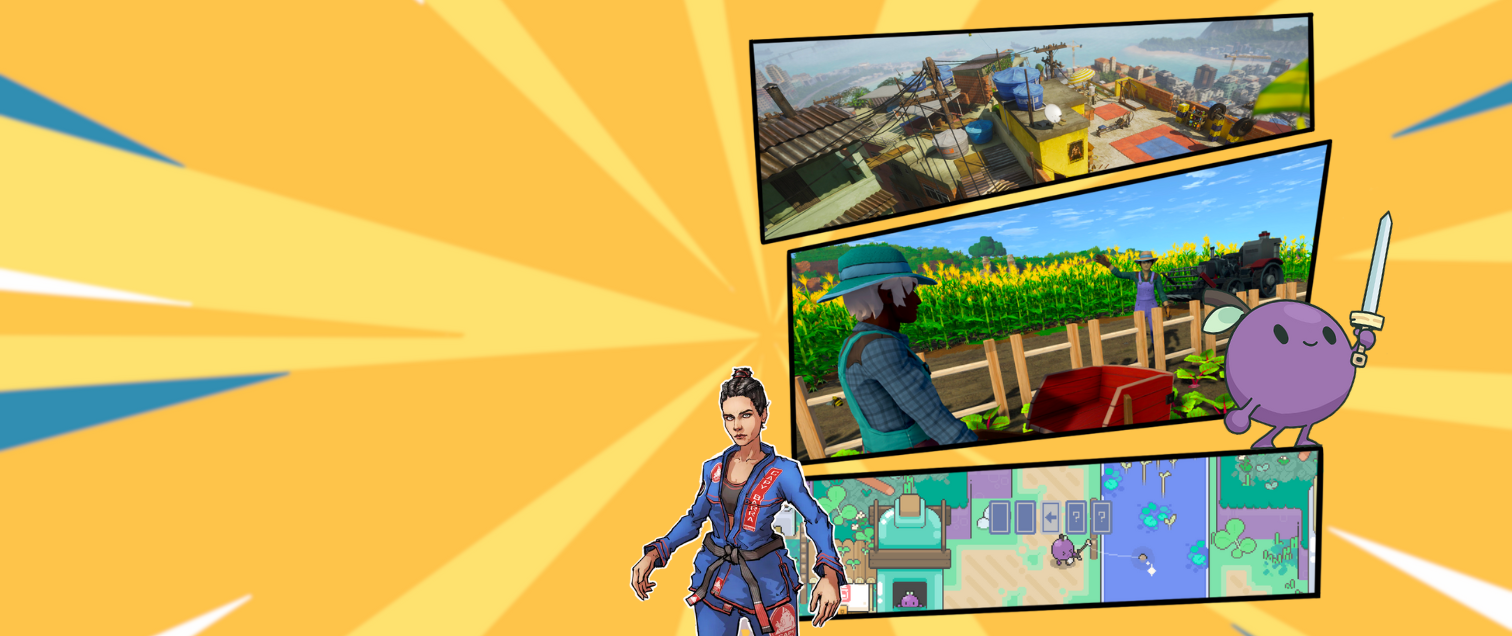Games not only have the potential to change the world for the better, but already do so. Across the world, game developers are leaning into their expertise to make complex topics—like climate change—approachable and even engaging.
Evidence suggests players are eager for more great climate games. We’re here to help you make those games.
This report is a critical resource for the game industry, bringing new qualitative research to bear with a robust examination of current game development practices and approaches.
In this report, you’ll learn how games can be made to drive real-world change, and explore the four main challenges teams have faced when creating their climate games.
This chapter covers just one of the challenges outlined in our report Gaming for climate action: The strategy guide for designers, developers, and publishers. In this section, you’ll learn how to understand the “why” behind your environmental and climate games.
What’s in the report?
Main analysis: Gaming for climate action
Challenge 1: Determining why you want to make a climate game
Challenge 2: Know your practical plan for impact
Challenge 3: Making reality fantastical
Challenge 4: Making your game fun
Diving right in with Koral
Carlos Coronado loves to dive, especially in the Philippines. There’s one spot within the local coral with a diverse ocean ecology which was particularly exciting to explore. But Coronado was shocked when he returned to dive in that same spot after three years away.
“Almost everything was bleached. Everything was dying,” Coronado told us. “That was the first time I really saw very immediate effects in something I love. And I thought, ‘I want to make a video game that shows this, and I want people to understand what is happening under the surface of the water.’”
Coronado’s game, Koral, is described as a “love letter to the ocean,” and immerses players in underwater ecosystems as they puzzle out how to restore coral reefs. As he shows in his documentary video, he worked on this game while living in a boat, regularly diving down into the very environment he was trying to reflect in his game.
Coronado told us that this unique development approach fundamentally shifted some of the game’s themes—perhaps as his own perspective on his subject of coral reefs continued to evolve through living among them. Before his dives, the game had a grim ending—but he shifted to a more hopeful tone. “That [new] ending is something that actually came from seeing the beauty of the ocean when we were in the sailboat,” Coronado said. “I’m super sure of that.”


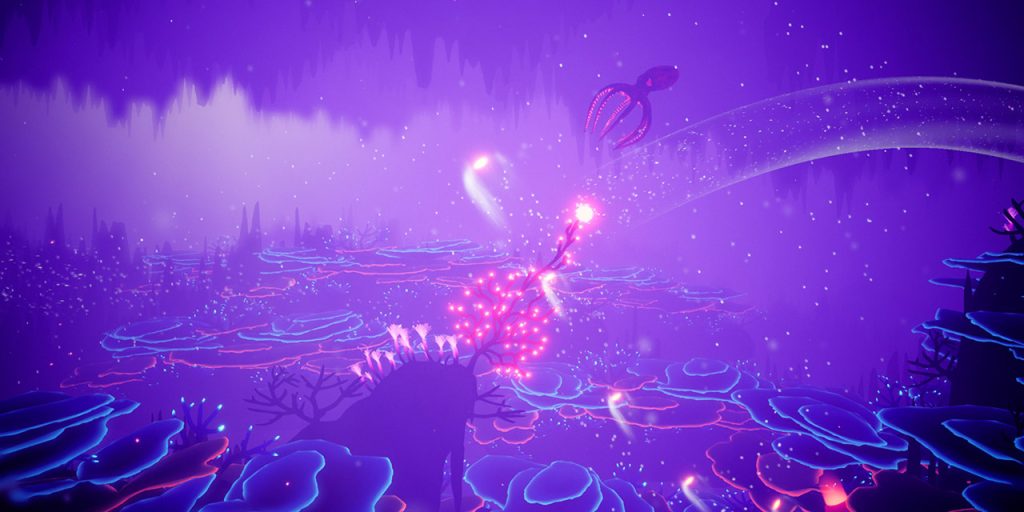
While Coronado’s story shows that climate games can be informed by the developer’s environment, it is not the only way forward. The real value is in identifying specific intentions. None of the developers we spoke with created a game simply “about climate change,” or “about the environment.” As in Coronado’s story, developers must get specific about what they want to express and how they want to express it. The games represented in this report are diverse, and each one had its own focus or approach to dealing with themes of global significance. There are many pathways to get these projects started.
Climate response will always be complicated, as it will always have to contend with the complicated ways environmental, technical, and social systems interact. Games that are made alongside these efforts will inevitably vary in focus, scope, reach, and theme. We have examined games that integrate environmental issues, sustainable ways of living, connections to the more-than-human world, climate adaptation technologies and policies, the social challenges of climate adaptation, and more. There’s no single correct way to drive impact.
How do climate themes emerge?
As we saw with Coronado, the personal experience of climate impacts can be a powerful way to initiate a project.
One developer we spoke with had been learning about their local ecology and living off the land. Their experience was transformative, and as a result, they’re developing a game to bring a similar experience to players. They want their game to teach players about local plant life and permaculture principles in a way that sows seeds of imagination for real-world projects like community gardens.
Other developers are inspired by the land they grew up on, the land they live on, the history and heritage of their communities and land, and nature-based activities such as exploring, birdwatching, and defending animal rights. However, many frontline communities are less likely to be positioned to create the games relevant to their lived climate experiences. Developers in these communities deserve more support.
Climate games can be—and have been—developed by teams who have not directly experienced the worst aspects of the climate crisis. We saw project teams successfully bridge the gap between their personal experiences and their chosen themes. Some projects had a “muse” in the form of specific media, like a book on climate themes they wanted to adapt. Others chose their theme as a strategic way to manage scope, such as focusing on ecological harm without delving into social problems prompted by climate change.
There’s a final powerful benefit to allowing a climate game project to move beyond the personal experiences of its development team: games have the ability to model possible future scenarios which no one has experienced yet. Whatever you can imagine as a creator, you can help others imagine too.
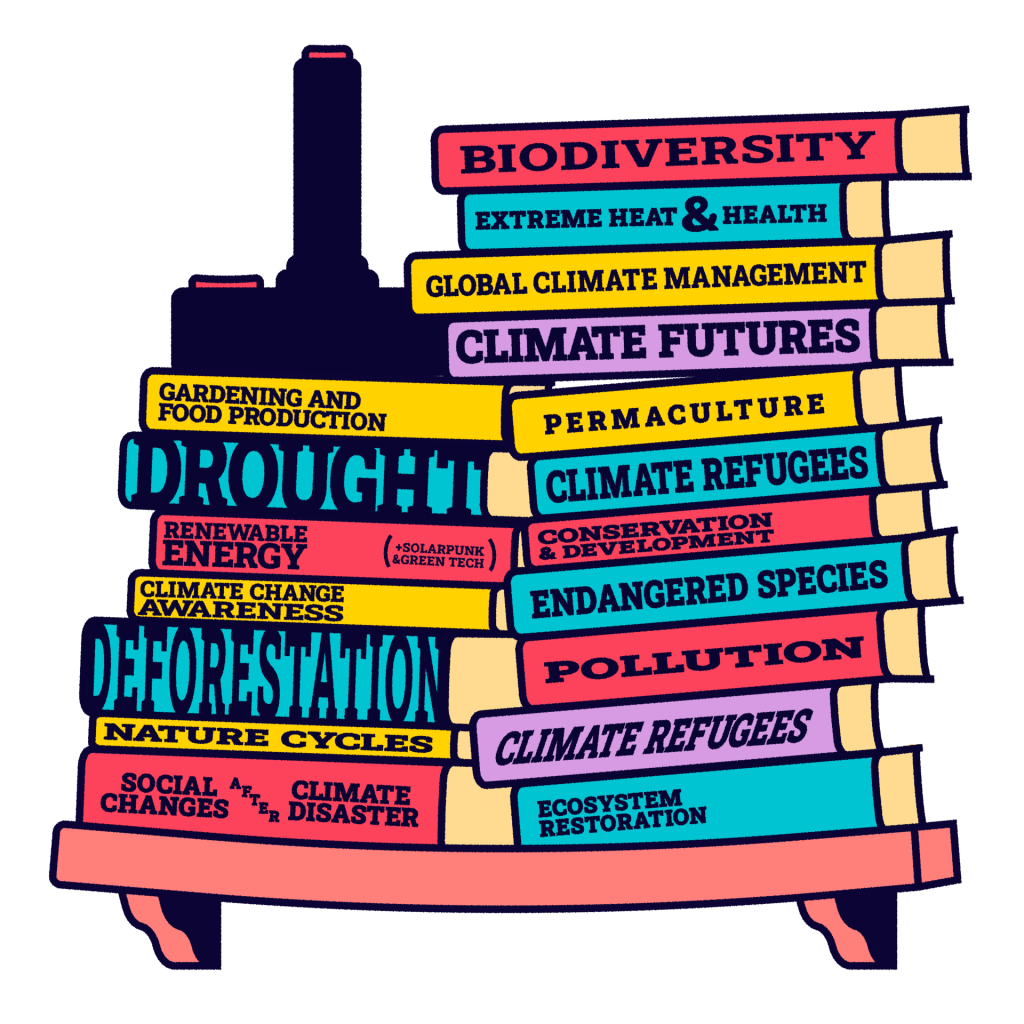
When do climate themes emerge?
Most developers we spoke with told us their theme or messaging came first. From the start, these developers aimed to make a game about restoring ocean ecosystems, protecting forest biodiversity, and so on. Their development decisions were made in pursuit and support of their climate messaging. One participant shared that “the best projects that we’ve ever worked on always come from problem first.” By focusing on the problem—or the context in which they want to create impact—developers can create a consistent, impactful workplan. Another participant affirmed starting a project with a theme but felt this was atypical for the industry: “I think we’re more likely to start from the theme end than other [game] publishers.” They shared that this process works well for them.
Some projects developed or embedded green themes later in the process. The teams that partnered with Arsht-Rock’s Center of Excellence were able to imagine new possibilities for integrating climate messaging. Through this expert advice and support, they developed new pathways and climate themes; for instance, by integrating downloadable content involving extreme heat into their game. The right external support at the right time pays dividends on climate projects. A minority of developers in this report chose their genre or gameplay first and integrated their climate themes later. In these cases, the team knew what kind of gameplay experiences they wanted to craft—strategy-based, for example, or a tycoon game—and chose and integrated their climate messaging based on how neatly it would fit with their gameplay.
Climate themes can be integrated into a project at many stages of a project, but they integrate more deeply the earlier in the project they are introduced. It is not a coincidence that the case studies featured in this project represent games where the theming was foundational.
Climate games energize teams
While climate game teams face unique challenges, the surveyed teams noted that this work had positive internal impacts.
These projects helped their teams connect with the world and their audience in a deeper sense. Teams felt energized by working on “something that mattered.” Climate and eco themes inspired artists in new ways, and developers learned through the research they had conducted to inform their world-building. In some cases, developers even chose to work at a studio specifically because of the proposed project’s climate themes. In other cases, an internal team chose a project for similar reasons.
Clearly, these types of projects can bring teams together through their sense of purpose. “It was a passion project for many people,” one project lead told us. “This is the reason why I work on these types of games,” said another. These projects often shift team’s core values. Several leads reflected that work on their climate game had strengthened their studio’s impact agenda or mission. Many we spoke with told us they have another environmental game in the works, or that climate theming has become an important factor in how they evaluate the potential of new projects.
With this said, this work does not always trigger changes to business operations. The mere fact that a studio or team embraces a climate project doesn’t mean they have the training or support needed to more closely define their audience or effectively design for impact or develop a robust theory of change. Studios that took on climate projects did not feel magically prepared to shift toward more sustainable game production practices. In fact, those developers who were shifting to more sustainable development practices were either already experiencing climate impacts or had an above average access to resources and expertise.

The takeaway for studios is that climate game projects can strengthen teams and studio culture. The takeaway for support organizations and nonprofits that want more climate games is that climate game teams still have gaps in their knowledge and opportunities to grow through meaningful expert support.
These findings also identify the need for increased support. Small teams are already punching way above their weight. They are making games and effectively self-educating on climate research and science communication research and organizational change research and figuring out how to assemble all these disciplines into a single project. Larger organizations can and should learn from these examples by leveraging resources to empower internal teams to take all this work on. They also can and should provide more resources and support to the small teams already doing the work.
At the same time, it will always be unreasonable to unduly burden independent game development teams with the entire weight of the potential of games to be a force for good in the world. It is OK for game developers around the world to respond to their lived experiences without also being asked to demonstrably save lives every time.
While bottom-up enthusiasm from a team can indeed drive an impactful project, studio leadership can help the team strategically grow the institutional knowledge required to iteratively build on learnings. Studio leadership is also best positioned to help teams navigate the four key challenges identified through this research and invest in the multidisciplinary institutional knowledge that can facilitate future work.
With each climate game project released into the world, we learn together about how to reach new audiences within new contexts with new perspectives. Climate games, just like other climate resilience and climate adaptation interventions, grow more effective as a network of projects in conversation with each other, rather than projects that aim to offer a monolithic approach. No one will ever have all the answers, but together, we’re learning more each year.
Jiwe Interactive: Driving collaboration for African studios
“The gap between games we’re building now on the [African] continent and games that are a million dollars across the world is super big, and there’s no infrastructure in between,” Max Musau told us via a video call. “So, we wanted to build this community-driven infrastructure.”
Musau is the founder of Jiwe Interactive, based in Nairobi, Kenya. Jiwe Interactive is home to a game development studio dedicated to “creating the most distinctive African story-driven games and experiences.” Their first release, Usoni, was the first postapocalyptic digital game produced on the African continent. The game follows two characters who become climate refugees desperately fleeing south from Paris to a safer African continent via the island of Lampadusa, reframed as “the Gate of Africa.” The story deliberately flips traditional Western narratives of immigration and refugee crises to recenter an African perspective. It critically reflects on the unequal consequences of the climate crisis. As Musau told Wired for a feature on Usoni, “Africa remains marginalized in the global video game industry. Yet there are tons of African stories to explore. We want to fill this gap.”
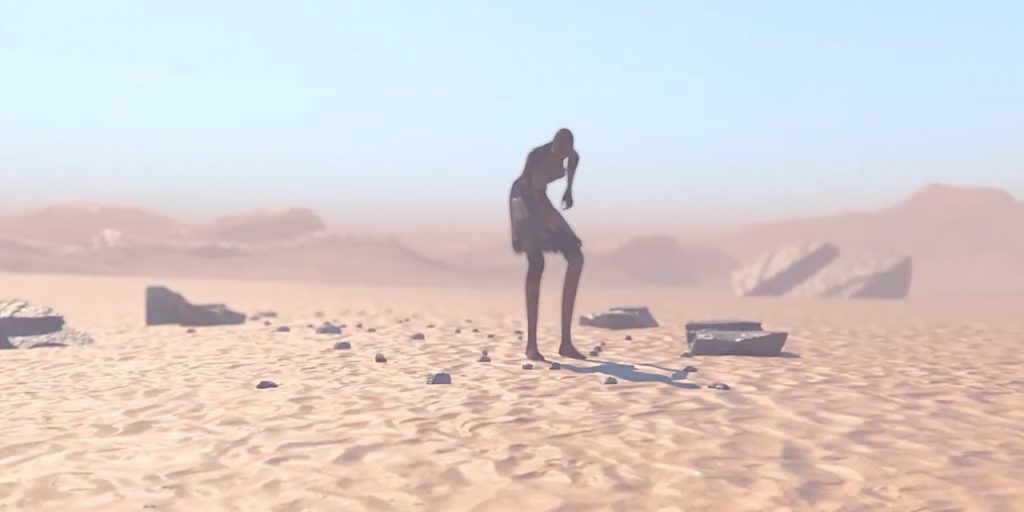
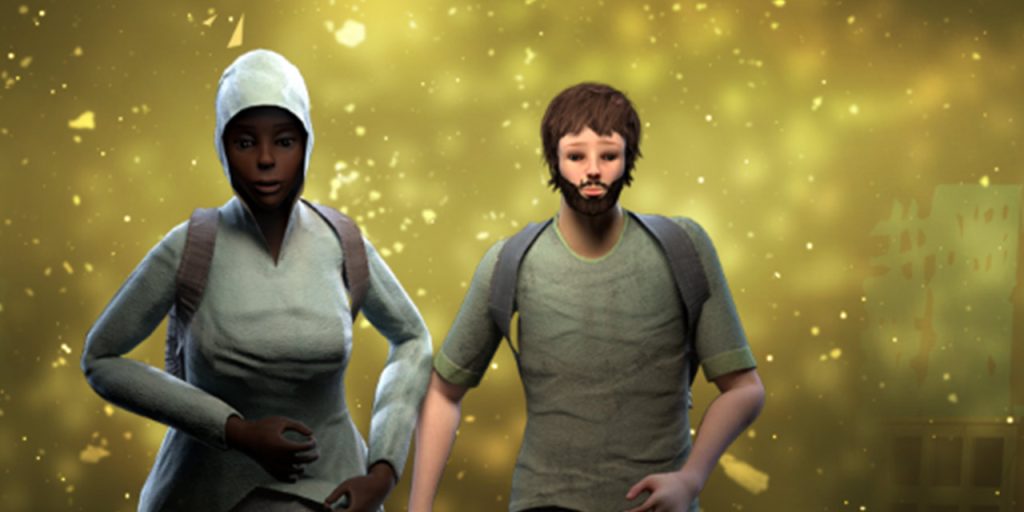
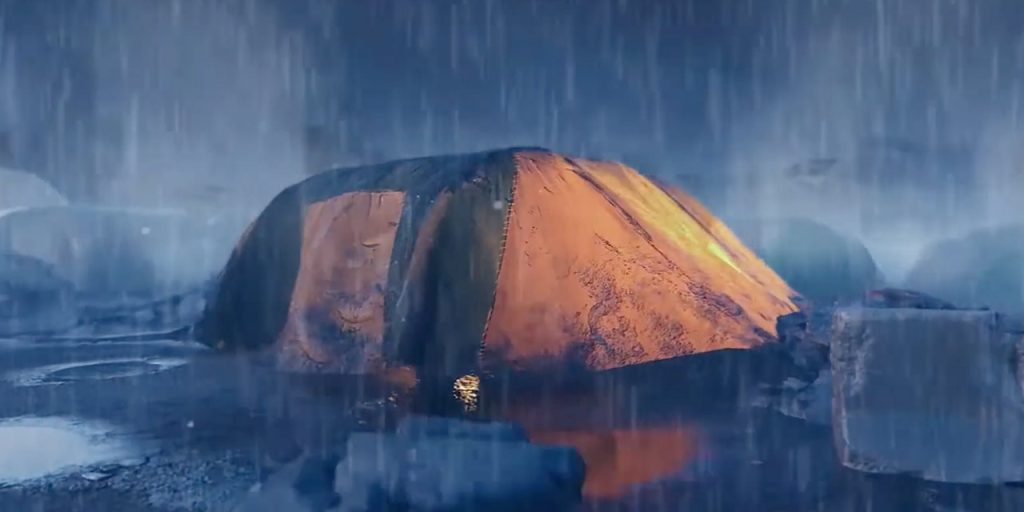
As Musau explained to us, Jiwe’s investment in building infrastructure for African game developers is a meaningful part of filling this gap. Their platform, Jiwe.io, has already connected developers across ten African countries. With five hundred registered developers and almost one hundred games, the platform allows more African creators the opportunity to express their perspectives or imagine new futures through games. “We wanted to build this community-driven infrastructure where you could post your early-stage game, and developers could give each other feedback,” Musau told us. “We host game jams and even share assets.”
Those suffering the worst climate impacts around the world are less likely to be positioned to create the games they most want to create. Further, climate interventions are most effective when they draw from a wide array of perspectives and lived experiences. Jiwe’s work has created a bottom-up infrastructure that facilitates globally underrepresented creators. The platform elevates their projects to the global stage in an impactful way. Musau and Jiwe’s thoughtful approach connects their game projects and their organizational efforts. Their work is worth supporting and serves as an important case study for other globally underrepresented regions.
Reflections on responsibility
As we mentioned above, teams that work on climate games broadly feel good about working on a project that aims to have some positive impact on the world. But we were also interested in learning if teams chose climate projects out of a sense of responsibility to have a positive impact on the world. Answers were varied—here were the perspectives represented among our participants:
- Climate projects offered an opportunity to develop a project independently on themes they’d “always wanted” to work on. It was “an opportunity to work on amazing projects with really interesting people and have a positive impact.”
- While climate themes are important, “I don’t think anybody has a responsibility to make a particular type of game,” one project lead told us. Another lead told us, “We are not trying to moralize…. We are just trying to present how the future may look… so everybody can reflect.”
- Climate projects grew out of a need to respond to climate change as a human alive at this time. “I cannot design games that don’t have that meaningfulness or impactful-ness in…. I’ve just always felt like the fact that we care about this just means that we have to stand up for it,” one project lead told us. Another told us, “If you are going to make a game which tackles natural [phenomena], or sociology, or whatever, and it’s not even tangential to climate change: you’re trying to bury the subject…. It is our responsibility, but it’s also something that if you’re trying to avoid it, I think you’re not being honest.”
- Climate projects can represent the opportunity to respond to a responsibility; the responsibility may grow with the size of the opportunity.
The variety of these responses taught us a few things. First, it probably isn’t helpful or effective for any organization to try to entice more game developers to work on climate game projects out of a sense of responsibility. It is resources and support which leave developers equipped and empowered to respond to the climate crisis through their work, not their sense of responsibility. Second, given the spread of views we’ve found from those already working on climate games, we can see that not everyone committed to working in this area identifies strongly with a framing of responsibility. We suggest not gatekeeping the green games niche by asking developers to “perform” a sense of responsibility to be considered aligned with this community.
Getting specific early on
While there are a myriad of ways to develop a successful game, there is a clear, strong trend in our surveyed games: clear, specific climate themes provided guidance and momentum to a project. The teams with vague, nonspecific themes often had a slower process since it was more difficult to determine the best design decisions.
Koral, for instance, was focused on saving coral and directly inspired by specific reefs in the Philippines and Port Lligat in Catalonia, Spain. A project simply about “saving the ocean” would have lacked focus, and would have ended with a poorer, pessimistic concluding message. While identifying a clear theme early in development will not eliminate all challenges, it can offer a guiding light through the project. Teams can better build multidisciplinary, institutional knowledge, and create long-term impact.
Keep reading the report chapters
Main report page
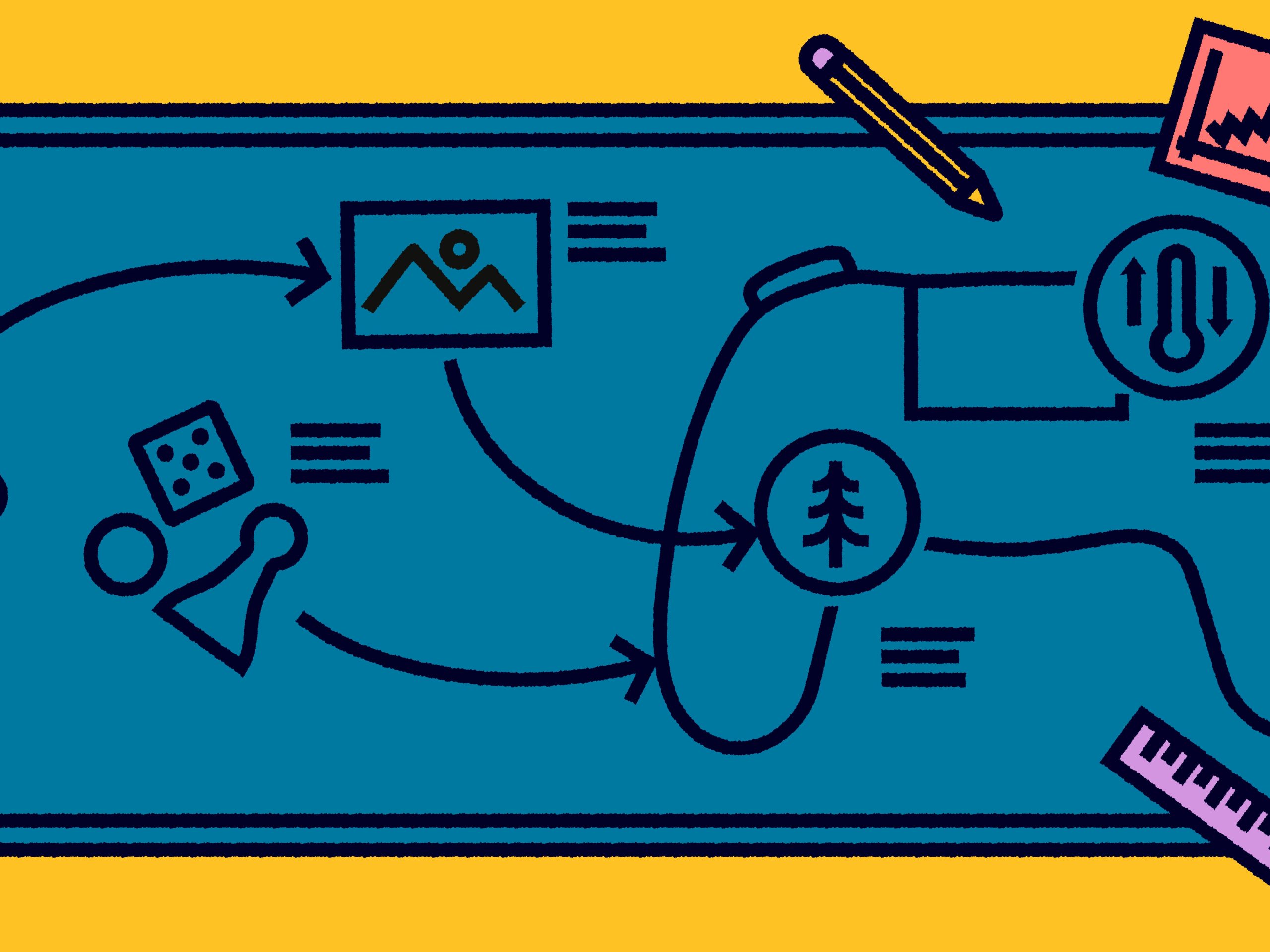
Gaming for climate action: The strategy guide for designers, developers, and publishers
This report provides a strategy for designers, developers and publishers to develop games that inspire and spur climate action.
Challenge #2

Know your practical plan for social impact in the game
This report chapter covers the ways climate games are currently designing for impact both within and around their core play experiences.
Challenge #3

Making reality fantastical in climate change games
This report chapter delves into how fantasy representations of the world can convey real-world messages or interventions.
Challenge #4
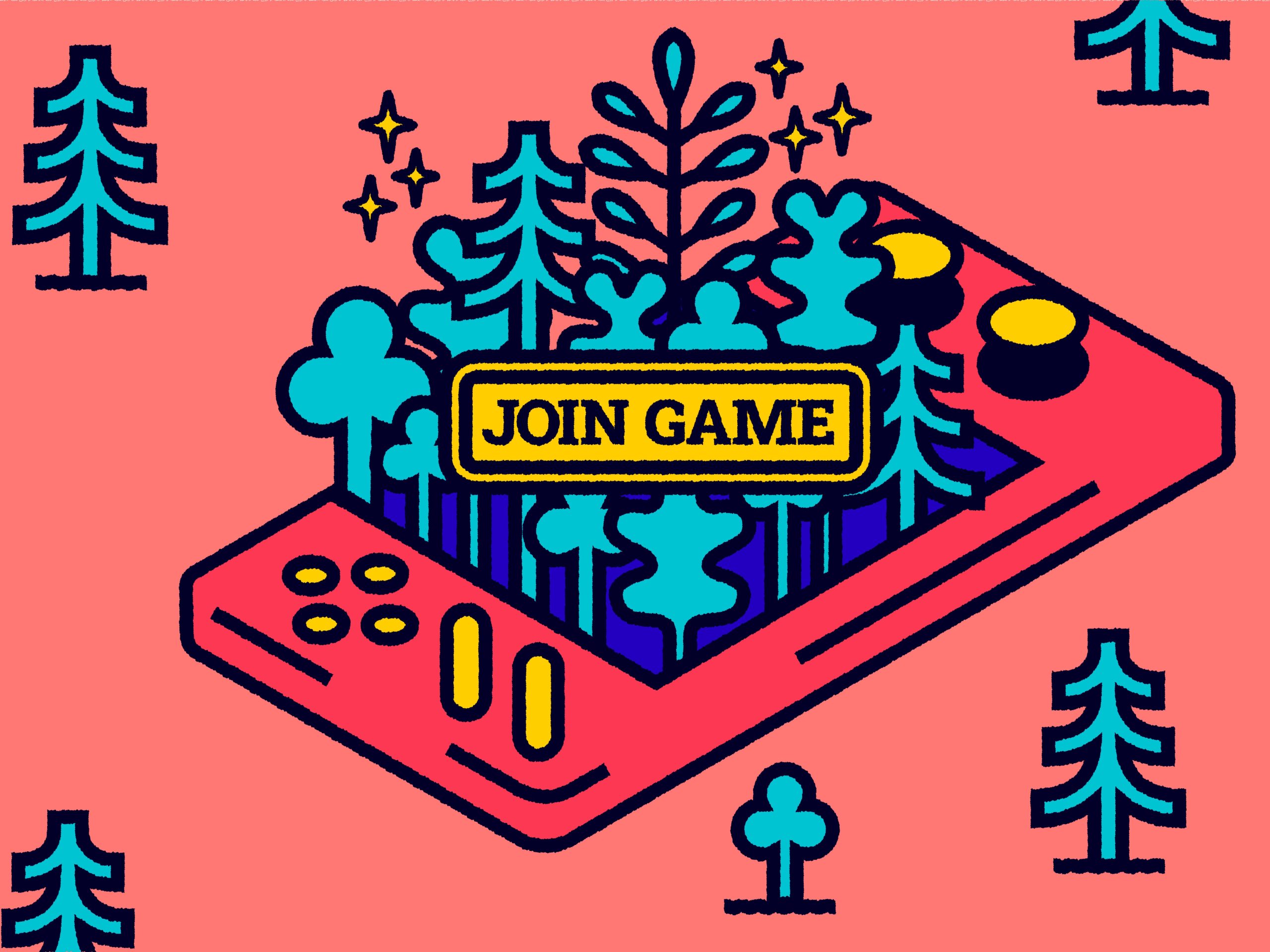
Making your game fun with climate game design
This report chapter addresses the challenge of making a game with climate or environmental themes enjoyable for players.
Explore more
About the challenge
This chapter is part of a larger report on “Gaming for climate action: The strategy guide for designers, developers, and publishers.” The report identifies four key challenges that sit between a climate game project and its success.
About the authors
Trevin York is the founder and director of Dire Lark, a game design for change studio in Edinburgh, Scotland. With fourteen years of experience leading game projects, York organizes Game Developers Conference’s Climate Workshop, is a co-author of the International Game Developers Association’s Environmental Game Design Playbook, and is a senior fellow at Arsht-Rock.
Catherine-Ann McNamara-Peach is an anthropologist and PhD candidate at the London School of Economics. Her research studies theories of change in UK climate activism and the existential and relational challenges of life in the Anthropocene. She is interested in the potential of the cultural sector to shape social imaginaries around multi-scalar climate responses.
Ariadne Myrivili is a game designer with a focus on team management, how leadership impacts design, the intentions of design, and how design effects players. She is currently working on projects centered around games’ ability to turn global events into digestible narratives to improve public response and engagement.
Seb Chaloner designed the visual assets for the report. He is a graphic designer, visual artist, and design researcher. His current work explores how diffuse design, ArtScience, and cultural probing techniques can facilitate communities to become active in mitigating the biodiversity crisis. Seb is also a lecturer at the School of Arts & Creative Industries, Edinburgh Napier University, with a focus on active learning rather than preaching from a podium.
Special thanks to: Sam Alfred, Carlos Coronado, Paula Escuadra, Elena Höge, Max Musau, Grant Shonkwiler, and Clayton Whittle as well as the Arsht-Rock team, especially Jessica Dabrowski, Kathleen Euler, and Kashvi Ajitsaria.
Our methodology
This report is a critical resource for the game industry, bringing qualitative research to bear with a robust examination of actual development practices. The research was conducted by a multidisciplinary team that deeply understood both game development and research. To learn more about their methodology, click here.
